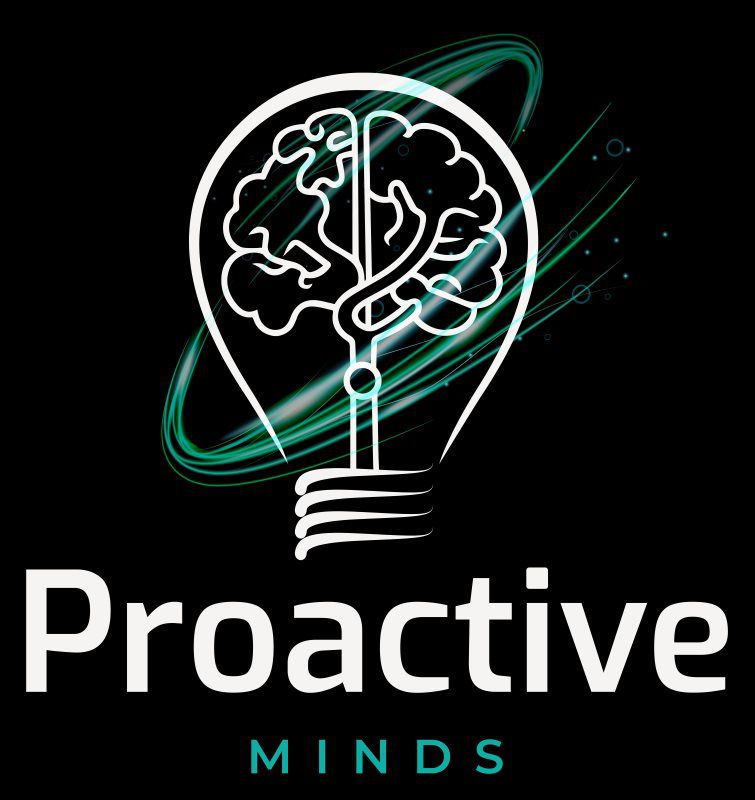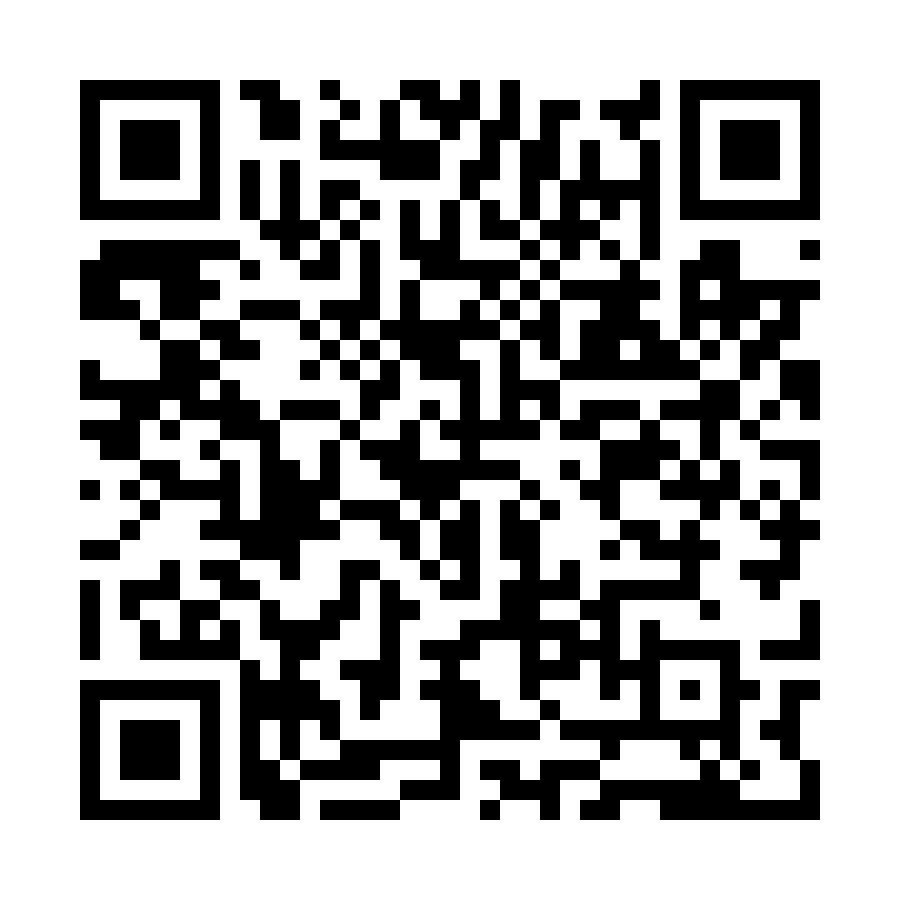HUMAYON TAHIR
Overview of TMS (Transcranial Magnetic Stimulation)
Professionals utilize TMS to treat depression in patients who have not responded to any other treatment or counseling. The Food and Drug Administration (FDA) authorized TMS therapy in 2008 to treat depression, although it is occasionally utilized to treat other psychiatric diseases.
TMS (transcranial magnetic stimulation) therapy uses recurrent electromagnetic waves at periodic intervals to excite brain cells and cause enduring impacts, which is why it’s also known as repetitive transcranial magnetic stimulation (rTMS) therapy.
TMS Therapy | How does it Work?
TMS and rTMS’s mechanisms of action and underlying outcomes in the treatment of psychiatric disorders are not completely understood.
Professionals placed an electromagnetically insulated wire on the patient’s head, with the electrode targeting specific areas of the brain during TMS/ rTMS therapy sessions.
The magnetic wire, which causes mild discomfort at most, sends electromagnetic pulses to the brain parts involved in depression. TMS is hypothesized to increase neuronal activity in specific areas, resulting in the enhanced release of chemicals known as neurotransmitters.
Experts can do TMS in a variety of ways, and approaches may develop as professionals discover more about the most beneficial treatment options.
Points to Consider when Undergoing TMS Treatment
TMS-qualified technicians or TMS-skilled clinicians handle patients. TMS is an ambulatory procedure, which means you won’t have to stay in the hospital overnight and can have it done in an outpatient setting.
TMS experts recommend that you remove any magnetically sensitive items, such as jewelry, before beginning the process.
To minimize the sounds of neural impulses, your TMS-qualified technician may insert earplugs before starting TMS therapy.
Experts will then instruct the patient to take a seat in a comfortable position. Patients rarely require anesthesia and remain awake throughout the treatment because it is painless.
If you are new to TMS therapy, professionals will collect your measurements to personalize the therapy to your needs or to determine where the electromagnetically insulated wire should be placed.
The technician gently places the magnetized electrode over your head.
Electromagnetic pulses will make clicking sounds, and you will experience a tapping sensation underneath the insulated coil.
The therapy might last anywhere between 30 and 60 minutes.
After the process, you will be able to drive yourself back to the house and continue your everyday tasks.
Applications of TMS?
In the United States, transcranial magnetic stimulation (TMS) is frequently used to treat depression and major depressive disorder. TMS is used to treat depression that is resistant to treatment or counseling, or when the adverse effects of prescription are too much to bear.
TMS, on the other hand, is approved in numerous European nations for a variety of psychiatric ailments, such as
To treat anxiety disorder
Obsessive-compulsive disorder (OCD)
Schizophrenia
Parkinson’s’s a disease
Alzheimer’s disease
Off-label Applications
When used as an off-label therapy, TMS can address a variety of illnesses such as
To treat fibromyalgia
Tourette syndrome
Autism/ Autism spectrum disorder
Tinnitus
Multiple sclerosis
TMS Should be Avoided by Whom?
TMS is thought to be safe, although it isn’t suitable for everybody. If you have the following problems, skip this therapy:
Facial tattoos are drawn with metallic ink
Any stents in the brain or neck
Having permanent piercings
Experiencing convulsions or have epilepsy
Being on a stimulant-based medication
Presence of any aneurysm clips or coils
Have recurrent or severe headaches
If someone is expecting a child,
Metal plates can interfere in the treatment, however, braces or tooth fillings are OK.
TMS Side Effects
TMS has very few adverse effects. If difficulties arise, they might include the following:
Vertigo and headaches are infrequent and normally go away on their own.
Skull and neck strain because of stimulation
Seizures (in less than 1 out of every 60,000 recipients)
Experiencing tingling or twitching sensations on facial muscles
TMS’s Outcomes
If your depressive symptoms are lessening or disappearing totally, TMS/rTMS appears to be successful for you. It might take a couple of weeks of therapy sessions to see symptomatic alleviation. After the successful completion of TMS therapy sessions, specialists may advise you to continue drugs or counseling sessions as ongoing care.
Consult your psychiatrist if you are intrigued to know more about TMS. It is critical for people who are young and are having seizures or are not responding to antidepressants.






